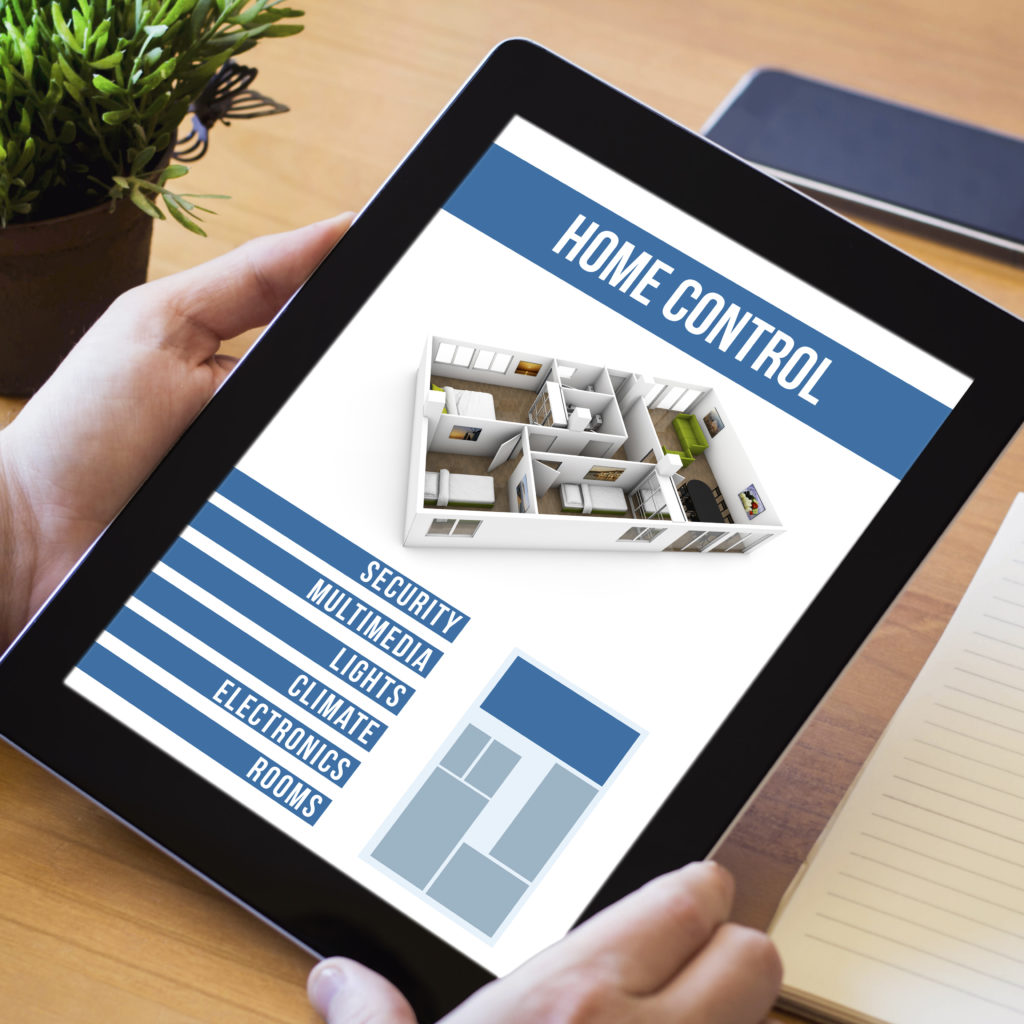Why HVAC is booming, despite a housing industry slowdown
The housing market isn’t looking terribly rosy for investors at the moment, or for the foreseeable future. In fact, it’s looking downright grim.
As
Barron’sreported last month, home prices recently had their lowest year-over-year increase in nearly two years, while the iShares U.S. Home Construction exchange-traded fund fell 12% in October, and is down 26% year-to-date.
What’s driving the slowdown? In short, both an increase in raw-material costs as well as ever-higher mortgage rates, the latter of which impact new home sales as well as renovations both big and small. And with the Federal Reserve expected to keep raising interest rates, the housing market as a whole looks primed to continue its slowdown.
It’s not doom and gloom across the housing industry, however. In fact, one sector, in particular, is expected to thrive right through 2019 and for several years beyond: HVAC.
Why? According to a
recent report from Barron’s, the basis for the prediction is a surprisingly simple one: A vast number of homeowners will need to replace their old HVAC units in the coming years. And, because, homeowners typically only buy one HVAC unit in their lifetime, they’re less sensitive to price increases due to a rise in raw-material costs.
Barron’s explains:
“HVAC units last 12 to 15 years, says Baird analyst Tim Wojs, which means that time is running out for systems installed from 2003 to 2006—the height of the housing boom. ‘We probably have a couple more years of strong replacement demand,’ he says. About 80% of residential HVAC sales are for replacement units.”
Sales in the HVAC industry support this prediction. According to a
survey of HVAC manufacturers by ASHRAE (American Society of Heating, Refrigerating and Air-Conditioning Engineers), 87% reported significant sales increases in 2018 and anticipate positive growth in 2019. What’s more, 44% of respondents reported sales increases of 10% of more, year-over-year. And, in a nod to the industry’s trend toward innovation for smart homes and the Internet of Things, 64% say they plan on debuting new products in 2019.
That last point could be key to continued growth in the HVAC industry, especially as the rest of the housing market cools. As more and more homeowners (and business owners) look to control costs in the face of increasing mortgage rates, the demand for energy efficiency and smart control will only increase.
It’s a trend that’s already taking shape. In ASHRAE’s survey, retrofits and renovations are leading the way as the primary growth driver for the industry for the first time. In previous years, replacement of old HVAC units was the lead business driver.
What does this all mean for the future of the HVAC industry? Unlike the rest of the housing market, the next few years look like they could be a boon for HVAC manufacturers and installers. But there’s a glaring caveat: Customers in every sector—residential, commercial, and industrial are looking to replace old and outdated HVAC technology and systems with more innovative and energy efficient technology. This includes innovative new HVAC units, to be sure, but it also means ensuring building envelopes are as secure and energy efficient as possible by using
the right assortment of caps, vents, diffusers, and more.
Are you an HVAC manufacturer or installer? Is your business ready for these new demands and opportunities in the industry?
January 11, 2019


